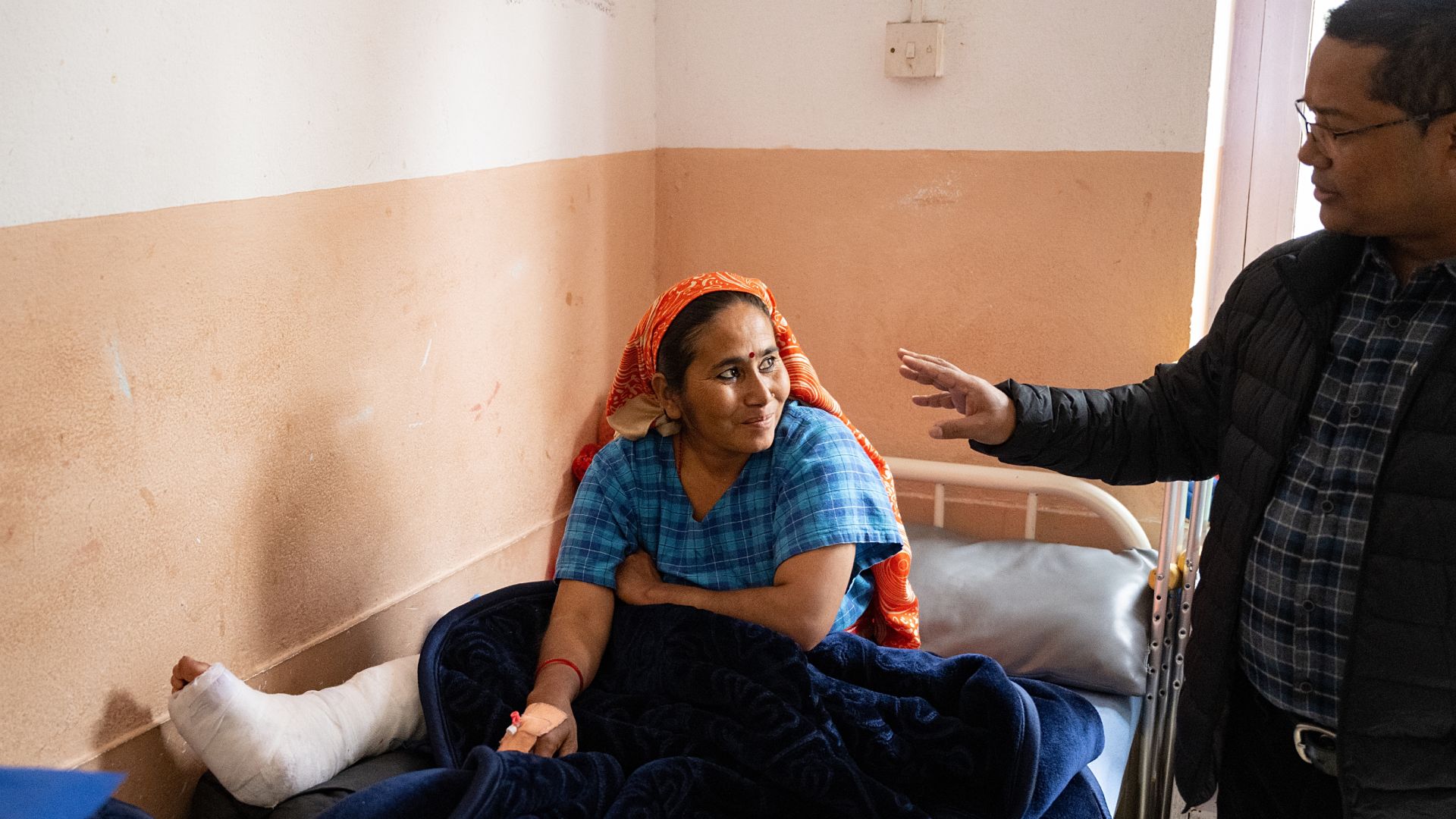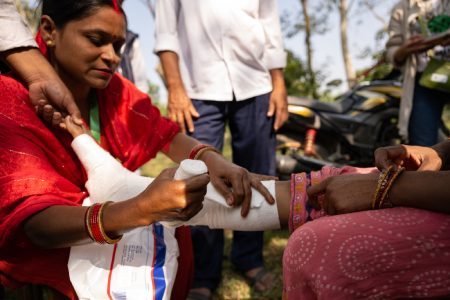At Breaking Point: Understanding the Impact of Musculoskeletal Injuries in Low- and Middle- Income Countries, a 2018 report by the Economist Intelligence Unit, examines the increasing burden of injuries in LMICs. Despite great advances in high-income countries in trauma care and accident prevention, fractures still remain the most common non-fatal injuries across the world, with over 80 percent of injury-related deaths occuring in LMICs.The report, commissioned by the AO Alliance and the AO, estimates the annual impact of injuries in LMICs as costing USD 180.2 billion in 2016 alone. It also posits that 4.8 billion people worldwide do not have timely access to safe, affordable surgery and over two billion people have no access to surgery and anaesthesia.The implication of this report is clear, injuries are a neglected epidemic not only at the national level in LMICs, but also at the global health community level. This injury burden is increasing. Patients continue to die due to a lack of access to effective facility-based trauma care, and much of the disability resulting from injuries in these regions could be prevented through cost-effective improvements in rehabilitation and treatment, as well as the implementation of injury prevention measures.



